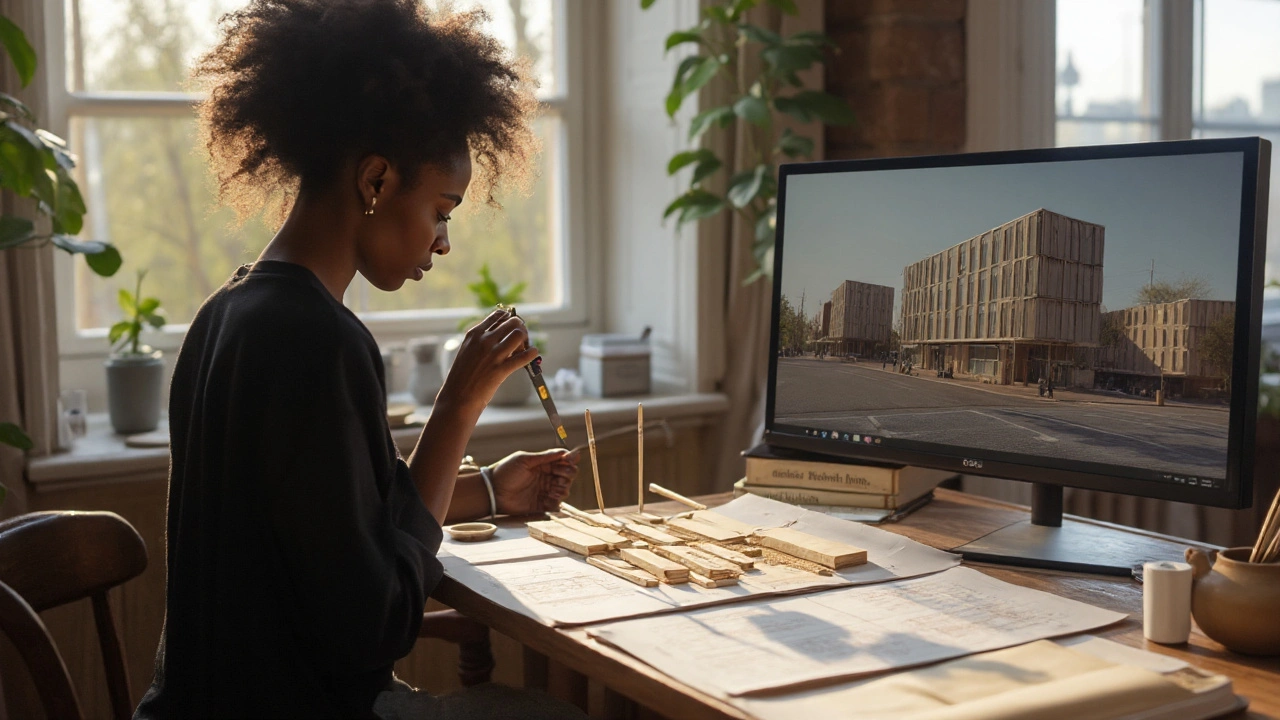Classical Proportions: How Ancient Ratios Shape Modern Design
Ever notice how a building or a painting just feels "right"? Chances are it follows the same ratios the Greeks, Romans, and Renaissance masters used. Those rules are called classical proportions, and they’re not some mysterious secret—just simple math that creates balance.
What Are Classical Proportions?
At its core, a classical proportion is a relationship between two numbers that feels natural to the eye. The most famous one is the Golden Ratio (about 1.618 to 1). If you split a line so the longer part divided by the shorter part equals the whole line divided by the longer part, you’ve got the golden ratio. Ancient architects used it for temple columns, and artists used it for faces and canvases.
Other classic ratios include the Silver Ratio (1 : √2) and simple whole‑number ratios like 1:2 or 3:4. When you stack rooms, windows, or furniture using these numbers, the space usually feels more harmonious.
Applying Classical Proportions Today
Want to test the idea on a room? Measure the length of a wall, then divide it by 1.618. Place the main seating or a focal artwork at that point. You’ll notice an instant sense of balance.
For a website or a graphic, set the width of your main image to 618 px and the height to 381 px (the same ratio). The result looks clean without you having to guess.
Even the posts on this site follow the rule of thumb. Our “Ancient Roman Architecture” articles showcase arches and columns built with golden‑ratio spacing, while the “Neo‑Futurism” guides break complex ideas into clear, proportional sections that are easy to skim.
In interior design, try the 2:1 rule: make your sofa twice as long as the coffee table. In landscaping, plant trees at distances that match the 1:√2 ratio to keep the garden looking ordered.
Don’t stress about exact numbers. The goal is to feel balanced, not to turn your space into a math problem. Use a ruler, a digital tool, or just eyeball it—most people can sense when something feels off.
Finally, remember that proportions are just a guide. Mix them with personal taste, local culture, and modern tech. The magic happens when timeless ratios meet fresh ideas.
Now you’ve got the basics. Next time you walk past a building or pick a frame for a photo, ask yourself: does it follow a classic ratio? If it does, you’re probably looking at a design that’s been working for centuries, and that’s a good sign it’ll work for you too.

Reviving the Renaissance: How Renaissance Architecture Shapes Modern Design Today
A clear, practical guide to how Renaissance ideas-proportion, symmetry, order-shape modern architecture, with examples, checklists, and step-by-step tips.
Read more